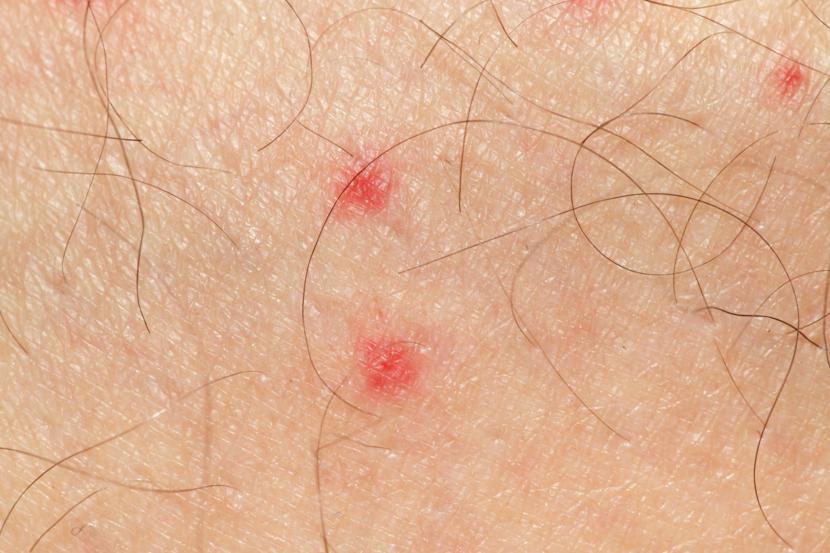

Many patients attending the PED with petechial rashes will not require any specific treatment. Many clinical guidelines pre-date the introduction of meningococcal B and C vaccination (for example, the NICE clinical guidelines) and a cautious approach can lead to many children undergoing painful procedures and receiving unnecessary antibiotics in populations with high vaccination rates.

Petechia and fever is often concerning for IMD and poses as a clinical dilemma, though IMD accounted for only 1.4% of cases with fever and petechiae in a recent large-scale prospective UK cohort study. A healthy child with scattered petechiae of obvious causation, e.g., known trauma or petechiae confined to above the nipple line, may not require any investigations, and a period of observation in the PED may be sufficient.

In general, investigations will depend on the location of petechiae, associated pyrexia, or clinical suspicion for any of the concerning patterns of signs and symptoms for particular illnesses such as IMD, HSP and HUS. Adhering to the local protocol is advised. Investigations to diagnose the cause of a petechial rash depend on the clinical presentation and can differ from one PED to another. Patterns of concerning symptoms and signs presenting with petechiae include but are not limited to: The age of the child can be useful in reaching the most likely diagnosis, for example, a neonate with petechiae could have a NAIT or a TORCH infection, and HSP is more common in the 2 to 5 year age range. Demarcating areas of petechiae with a skin marker can help monitor the progression of the rash in clinical practice. The skin should undergo thorough examination from head to toe, and the pattern of rash requires clear documentation.
Pinpoint red dots on skin about the size of a pin head full#
A full systemic examination should be completed, including cardiac, respiratory, abdominal, otorhinolaryngological, and neurological (if concerns of IMD). On examination, a complete set of observations and neurological status requires monitoring. As always, the clinician should confirm vaccination status. It is also important to ask about any bleeding from mucosal surfaces such as gingival bleeding, epistaxis, melena, among others. Petechiae confined to above the nipple line are associated with bouts of vomiting or coughing. A recent viral infection (URTI or gastroenteritis) is common in ITP, HSP, and HUS. A rapidly spreading rash is more concerning for IMD in an unwell child with a fever. Key features in the history include the time of onset, anatomical pattern and a detailed chronological account of any other symptoms, e.g., fever, coughing, vomiting, any recent URTI or gastroenteritis, and any sick contacts. A detailed history and physical examination are paramount for every child presenting with petechiae.


 0 kommentar(er)
0 kommentar(er)
